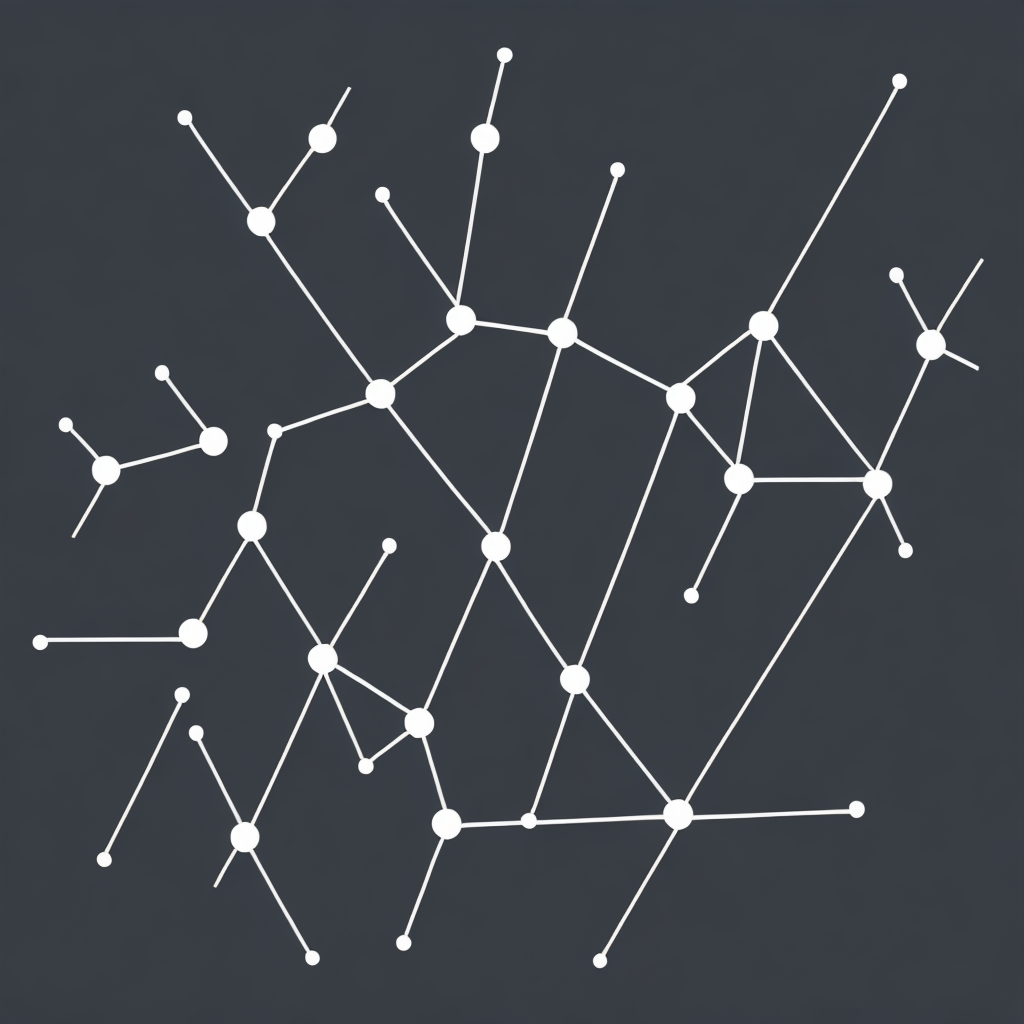Navigating the Digital Universe: Unlocking the Power and Potential of Knowledge Graphs
In the vast digital universe, data reigns supreme, swirling as a complex, multifaceted entity that holds the keys to unlocking unprecedented information discoveries, innovations, and efficiencies. Amidst this torrent of information, a powerful and transformative tool emerges, known as the knowledge graph. These innovative constructs illuminate paths within the dense realms of the digital world, fostering deeper connections and enhancing our understanding of the web’s intrinsic relationships. By unraveling the power and potential of knowledge graphs, we uncover a landscape of opportunities that could revolutionize industries from healthcare and tech to finance and education.
### Understanding Knowledge Graphs
Firstly, what are knowledge graphs, and how do they differ from traditional databases? Known as the “language of the web for knowledge,” knowledge graphs are semantic data structures that represent entities, their relationships, and attributes in a structured format. Unlike conventional databases, which organize data into tables with rows and columns, these graphs use nodes (entities) and edges (relationships) to articulate complex, interconnected knowledge in a way that mimics the human brain’s reasoning capabilities.
**Key Components of Knowledge Graphs:**
1. **Nodes (Entities):** These represent tangible or conceptual items such as people, places, or abstract ideas.
2. **Edges (Relationships):** Connect nodes, capturing how entities are related (e.g., author of a book, ingredient in a recipe, or customer of a business).
3. **Properties (Attributes):** Assign values to entities (e.g., birth year, location, favorite color) or edges (e.g., was spouse of, had work in).
### Harnessing the Power of Knowledge Graphs
Knowledge graphs possess immense power that stems from their ability to manage, organize, and make sense of vast, intricate networks of data. This capability is pivotal in various applications across multiple sectors:
#### 1. **Enhancing Search and Recommendation Systems**
In the realm of e-commerce, social media, and online search, knowledge graphs can provide advanced, personalized recommendations based on user behavior, preferences, and the rich interconnects of data. Understanding the nuanced relationships between users, products, and contexts allows for more accurate predictions and customized experiences.
#### 2. **Supporting Research and Innovation**
In academia and healthcare, knowledge graphs serve as a powerhouse for integration and exploration of data from diverse sources such as medical records, research literature, and clinical trials. They enable researchers to visualize complex systems, identify patterns, and accelerate the pace of discovery through interconnected insights.
#### 3. **Improving Personalized Learning**
The educational sector can greatly benefit from knowledge graphs by tailoring learning experiences, predicting student outcomes, and personalizing content. By mapping student knowledge, skill sets, and preferences, schools and universities can create more effective and engaging educational paths.
#### 4. **Enhancing Enterprise Insights and Decision-Making**
Businesses across industries use knowledge graphs to uncover strategic insights, optimize operations, and drive innovation. By connecting various data sources (sales, marketing, logistics, and more), companies can identify growth opportunities, understand customer behaviors, and streamline processes for greater efficiency and effectiveness.
### Overcoming Challenges and Limitations
While knowledge graphs offer transformative opportunities, they also come with challenges. These include complexity in data integration, scalability issues, and ensuring data quality and integrity. Addressing these challenges requires robust data management strategies, sophisticated infrastructure, and a focus on continuously improving data quality.
### Conclusion
In this era of digital explosion, knowledge graphs stand as a beacon for navigating the vast digital universe. They unlock the power of connections within the data, offering insights, efficiencies, and opportunities that were previously unattainable. From enhancing the relevance of online experiences to driving innovative solutions in research and business, knowledge graphs are rewriting the narrative of information management. As these tools mature and evolve, they represent an exciting frontier where data meets human context, transforming the way we perceive and utilize information in the digital world.
